The month of May is like Christmas for gardeners – it’s finally warm enough to really get things going! Check out my guide to what to plant in May depending on your hardiness zone!
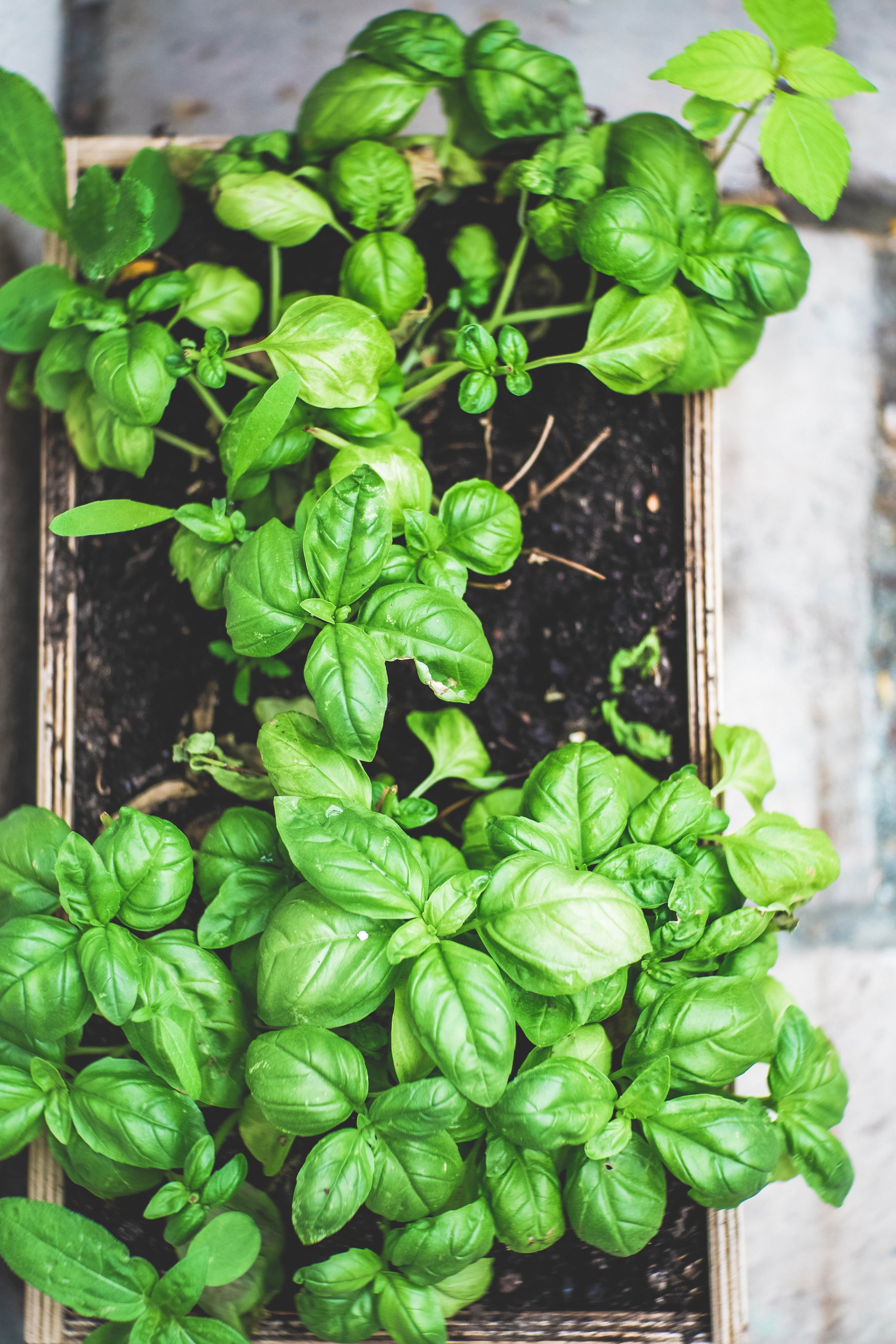
After a semester-induced drought, I’m back and have loads of gardening and seasonal living content planned for the summer. First up in what will be a new series is a sowing guide of what to plant in May.
Obviously, what to plant will vary depending on where you’re at in the country/world, but for most of the temperate US, we’re now entering into the prime of garden season. Where I grew up in northern Illinois, Memorial Day weekend was the magic date everyone waited for for planting.
Here in central Ohio, I’ve already planted out most of my starts, but I’ll be doing plenty of seed sowing over Memorial Day weekend. For many summer crops that you direct seed, it’s best to wait a few weeks after your last frost date, when the soil is good and warm, to get them in the ground. But more on that later!
If you want to get right to the list of what to plant in May, feel free to scroll down to my zone-by-zone guide. If you’re a new gardener, stick around for some tips on what to keep in mind when planning and planting out the garden.
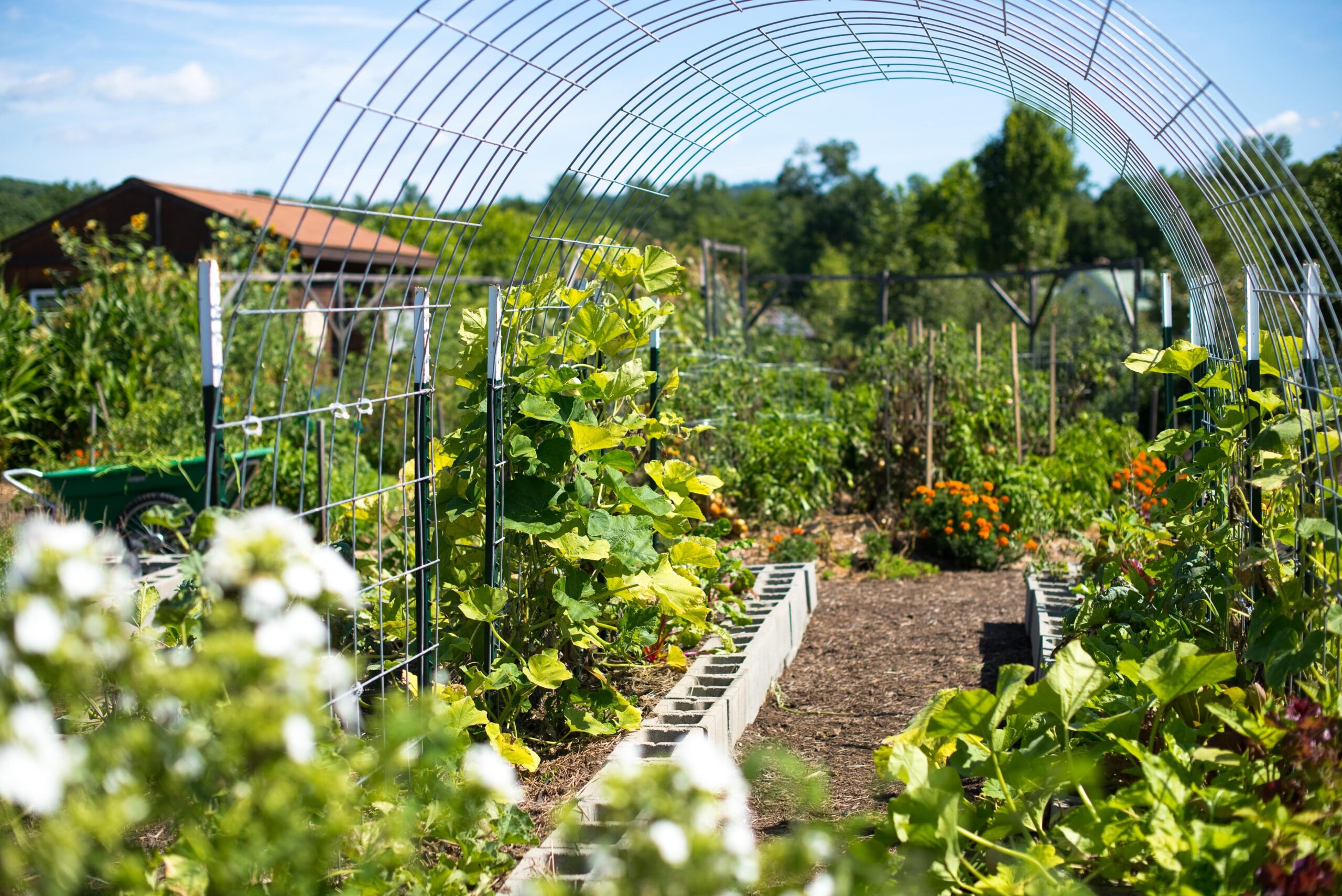
Can you start a garden in May?
Absolutely! For much of the country, this is the ideal time to start your summer garden crops. But really, you can start a garden in any month – depending on your goals. See more below!
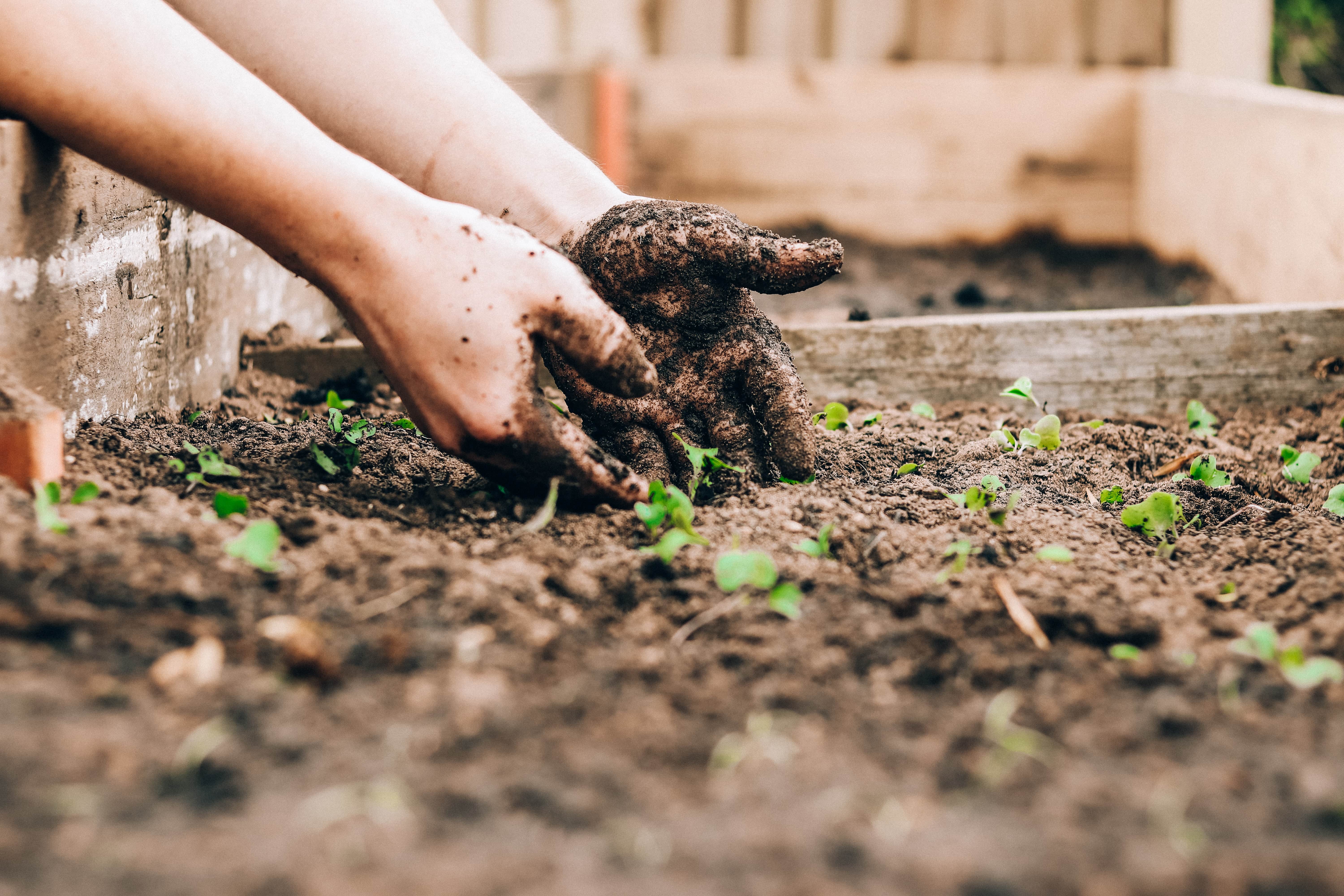
Is May too late/too early to start a garden?
Certainly not! Depending on where you are, it may be too early to plant summer crops like tomatoes and peppers, or too late to plant cool-loving crops like cabbage and broccoli, but you can certainly start something!
Really, even if it were November/December and too cold to grow anything, it would still be a great time to build new beds, amend with compost, etc. You can always be working on the garden!
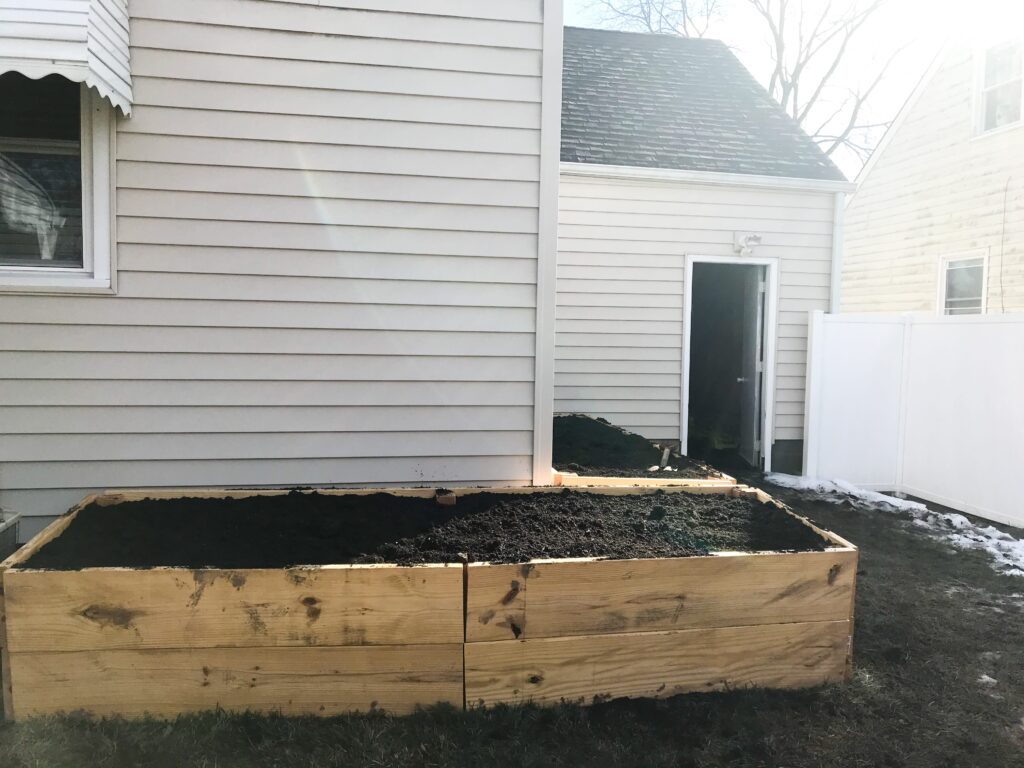
How do you know when to plant?
When to plant (which is actually more a question of when to plant what crops because you can usually plant something), will be dictated by your hardiness zone and your last frost date.
Your last frost date tells you when to expect your last frost, obviously. This is important because you certainly don’t want to plant anything frost-tender before that date, as you’re likely to lose it to the cold. Just keep in mind that your last frost date is a projection based on previous years’ data, so you should still keep an eye on the forecast.
Your hardiness zone is determined by what the average low temperature is where you live. Hardiness zones aren’t an exact science. For example, parts of South Carolina and Oregon are in the same hardiness zones, though their climates are very different. But they’re a good shorthand for tracking when to plant what as your area warms. Just keep track of your last frost date so you don’t accidentally plant to early. I’ve sorted what to plant in May by hardiness zone below.
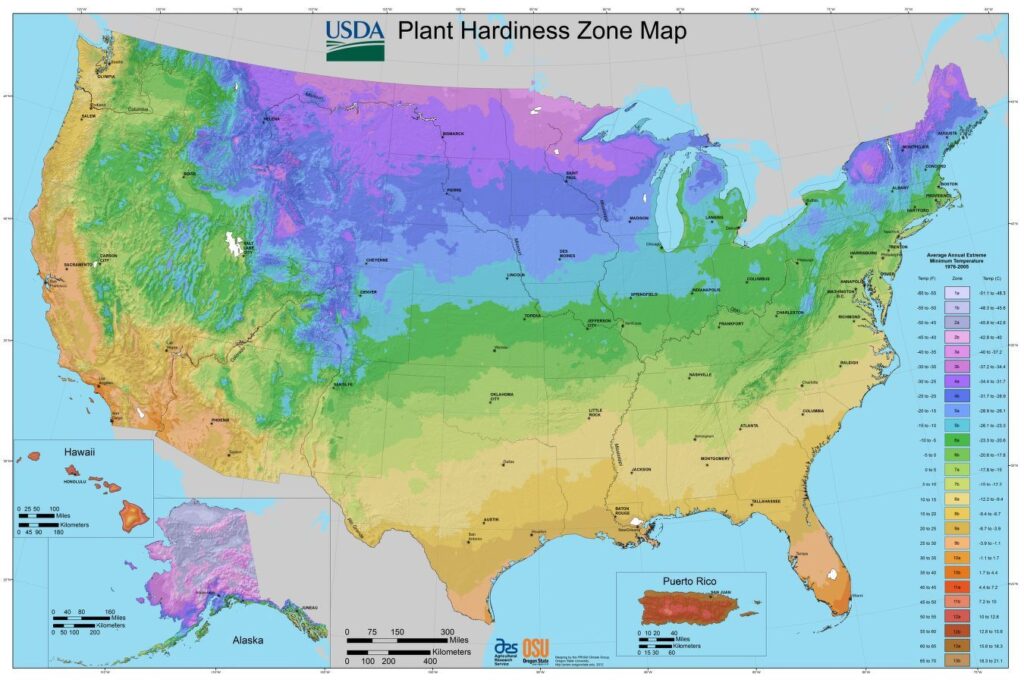
How do you find your USDA hardiness zone?
This one’s easy. Check out the map on the USDA’s website. You can even search your exact address – https://planthardiness.ars.usda.gov/
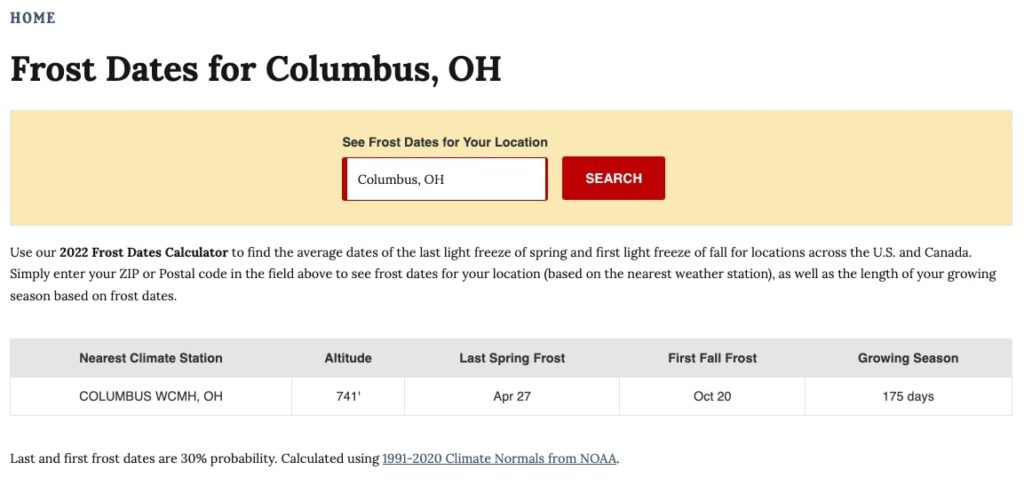
How do you find your last frost date?
You can just google *the city closest to you* + last frost date, and it should pop right up. You may find some variability depending on what site you choose, but I’ve found the Farmer’s Almanac pretty reliable.
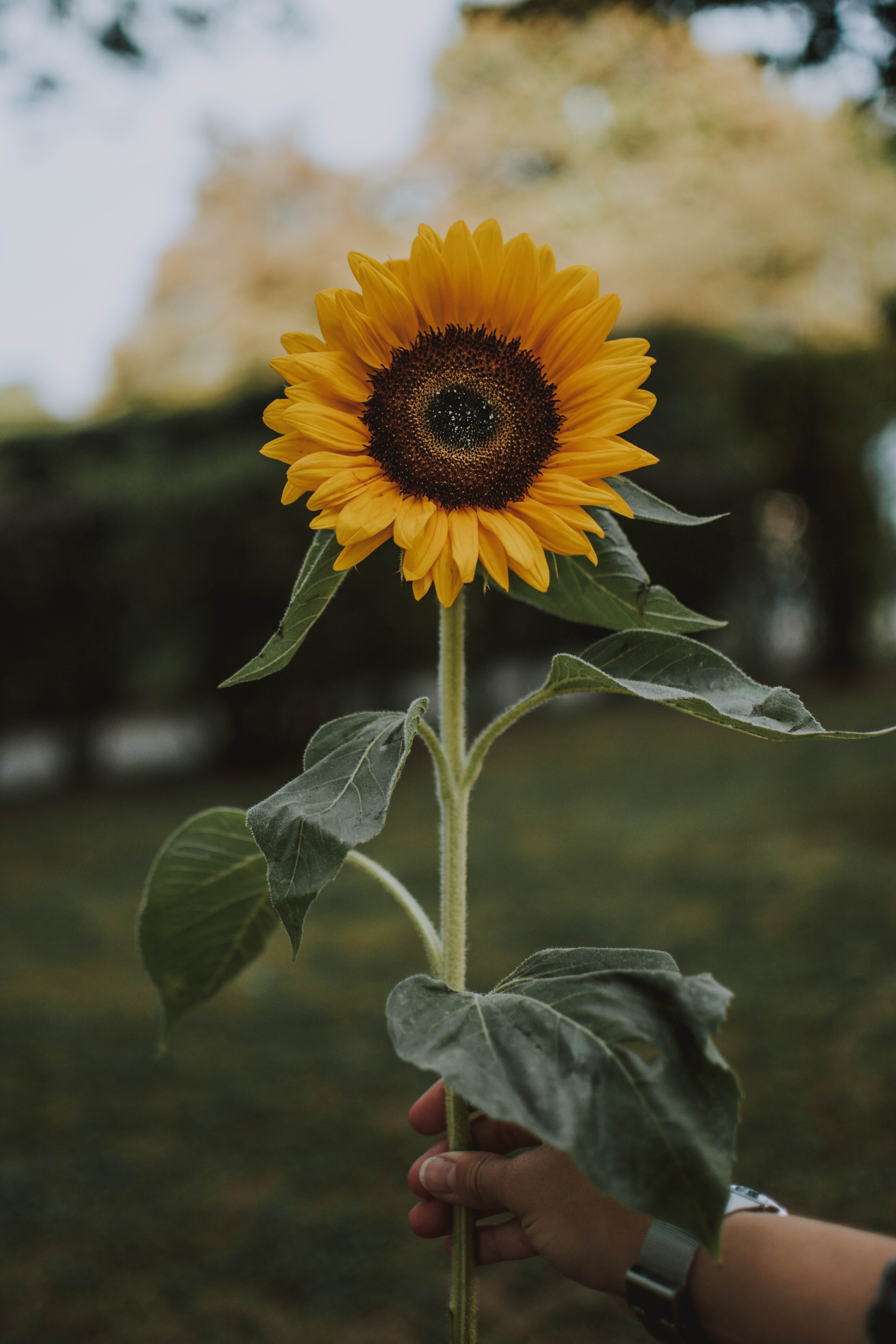
If it’s past your last frost date, can you plant anything you want?
Technically I suppose so, but that doesn’t mean it’s the best idea. You want to set your garden up to thrive, which means sowing and transplanting according to that crop’s needs.
My last frost date is around April 30, but that doesn’t mean I rush out to plant my tomatoes, eggplants, and peppers. Those are all heat loving, tropical plants, so I usually wait a couple more weeks until the lows are consistently in the mid-50s before planting out.
I’m also waiting to direct sow some other heat lovers, like my cucumbers and sunflowers.
On the other hand, you also want to be wary of planting cool season crops too late as they’ll just bolt before producing food for you.
Use the planting calendars below as a guide for what’s appropriate to sow now.
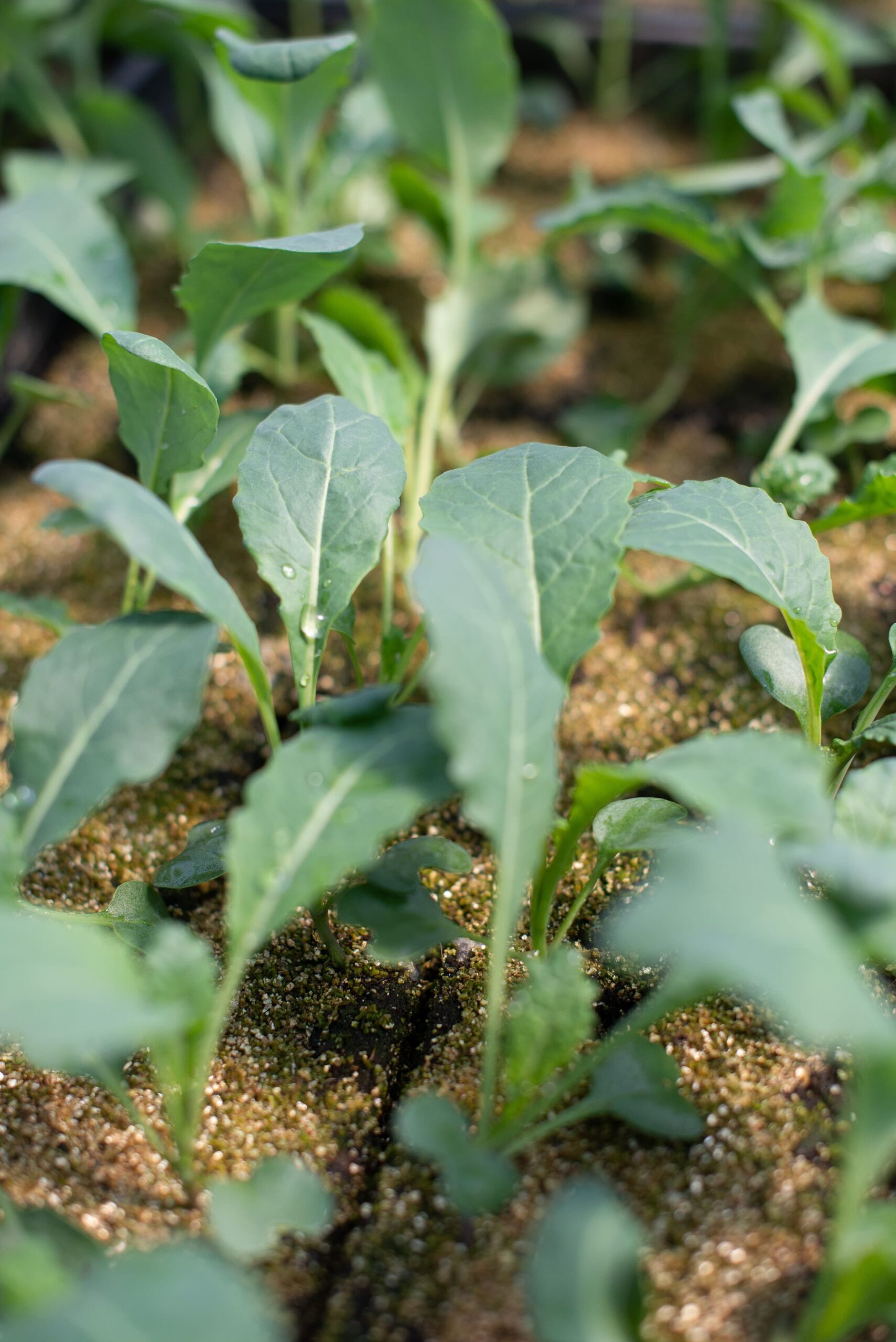
What should you transplant as a seedling and what should you direct sow?
When planting your garden, you have basically two options. You can transplant seedlings or starts (either that you bought at a nursery or started yourself) or you can direct sow seeds.
Certain families of plants really don’t like having their roots disturbed. With these, your best bet is to direct sow. You’ll have happier, hardier plants, and you’ll save money because seeds are much cheaper than starts.
A started plant costs anywhere from $2-$6 depending on where you live, if it was grown organically, etc. A seed packet, which contains anywhere from ten to a few hundred seeds, costs the same. So it’s definitely a better deal to direct sow (or start your own seeds) if it’s an option.
Avoid buying starts for any sort of root vegetable (like carrots) or things in the curcurbit family (cucumbers, squashes, melons) because these don’t like having their roots disturbed. Likewise, I’d advise against buying starts for peas and beans or lettuces and greens. These grow super fast, so it’s just a better deal to grow them from seed.
Other things, like tomatoes, you want to transplant because they take longer to grow than your frost-free season is long. Transplanting an already started plant gives you a head start if you live somewhere with a shorter growing season. For many of us, this is the only way to get tropical crops like tomatoes, peppers, and eggplants.
If you’re unsure, take a look at a seed packet. Its instructions should say whether to direct sow or start indoors. It should also say the plant’s days to maturity. You can cross-reference this number against the length of your frost free season (calculated using your last and first frost dates). If the first number is longer, you should definitely go the transplant route.
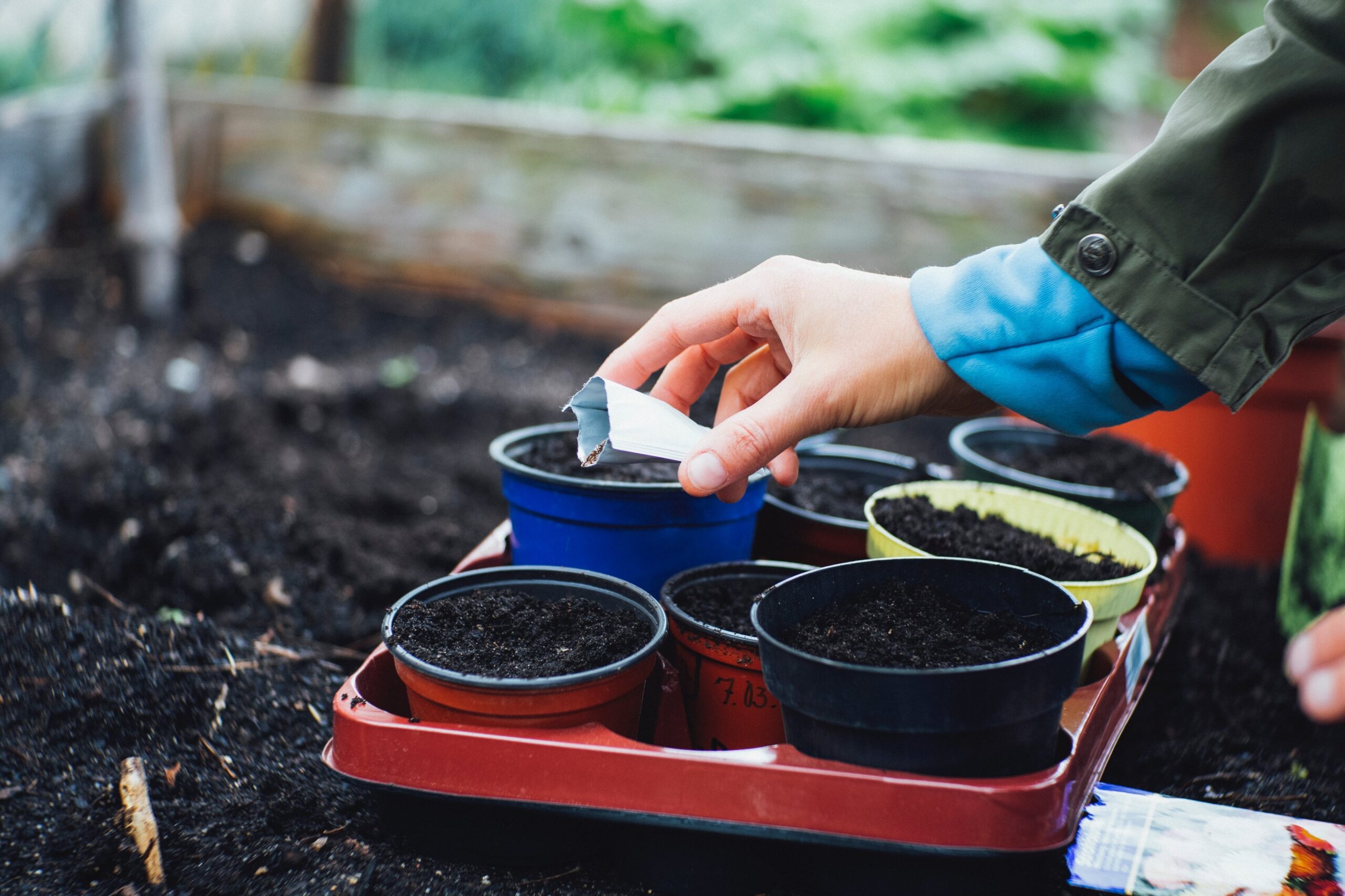
Alright, so what can you plant in May?
Okay, here are some guides for what to plant in May for each of the hardiness zones in the US. Apologies if you’re not, but I needed some sort of limiting factor so I wasn’t writing a novel.
Many other countries have begun adopting the US hardiness zone system. So you can try googling *where you live* + hardiness zone and then try what I’ve outlined below.
Disclaimer that these lists are meant to be suggestions, not hard and fast rules. Please always go by your last frost date and what your weather is actually doing.

What to Plant in May in Zone 3
- Arugula
- Beans
- Beets
- Broccoli and cauliflower
- Brussel Sprouts
- Cabbage
- Carrots
- Cold hardy, perennial herbs
- Corn
- Flowers
- Kale
- Lettuce
- Peas
- Potatoes
- Radishes
- Spinach
- Swiss Chard
- Turnips

What to Plant in May in Zone 4
- Arugula
- Beans
- Beets
- Broccoli and cauliflower
- Brussel Sprouts
- Cabbage
- Carrots
- Cold hardy, perennial herbs
- Corn
- Cucumber
- Eggplant
- Flowers
- Kale
- Lettuce
- Peas
- Peppers
- Potatoes
- Radishes
- Spinach
- Squash
- Swiss Chard
- Tomatoes
- Turnips
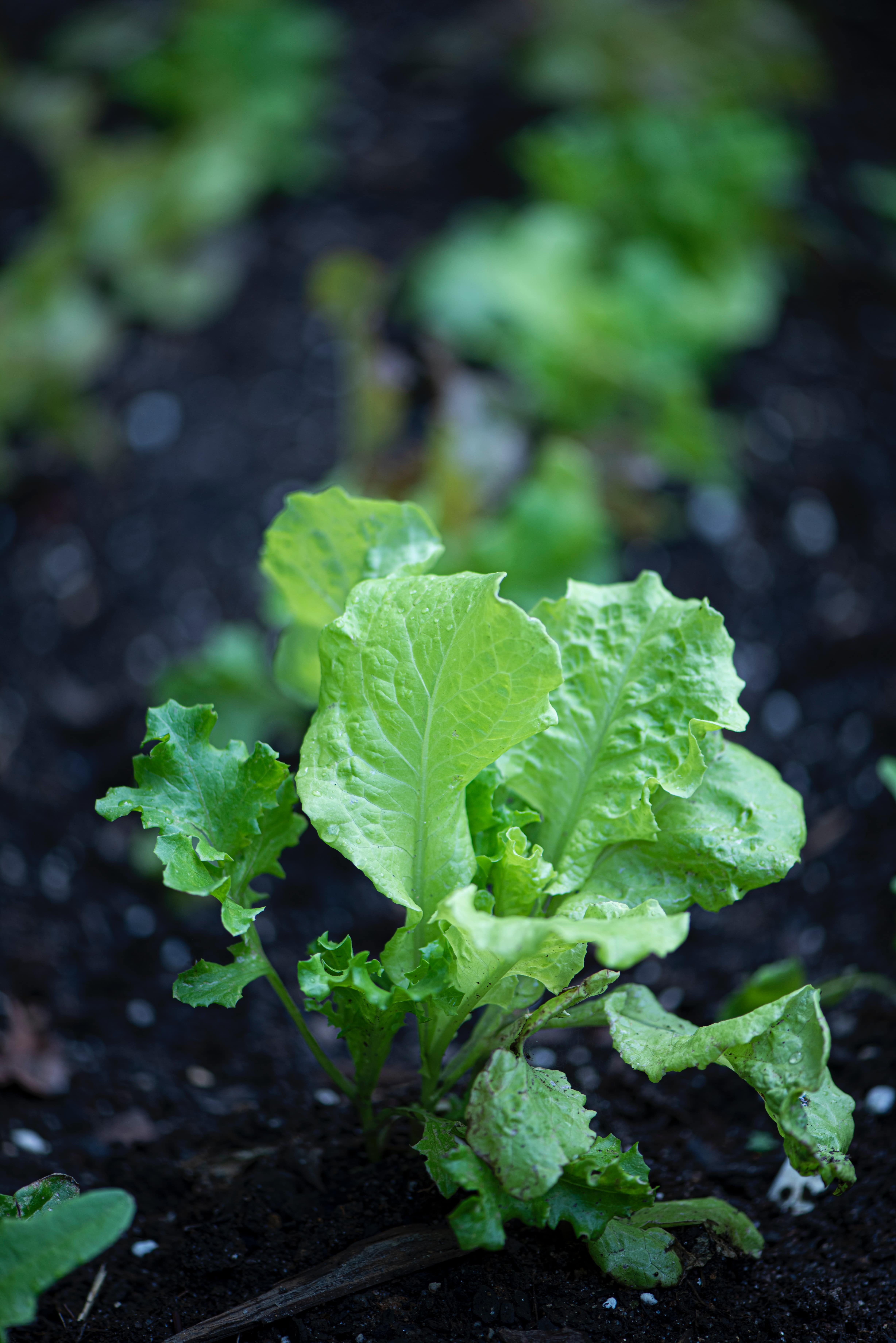
What to Plant in May in Zone 5
- Arugula
- Beans
- Beets
- Broccoli and cauliflower
- Brussel Sprouts
- Cabbage
- Carrots
- Cold hardy, perennial herbs
- Corn
- Cucumber
- Eggplants
- Flowers
- Kale
- Lettuce
- Peas
- Peppers
- Potatoes
- Radishes
- Spinach
- Squash
- Swiss Chard
- Tomatoes
- Turnips
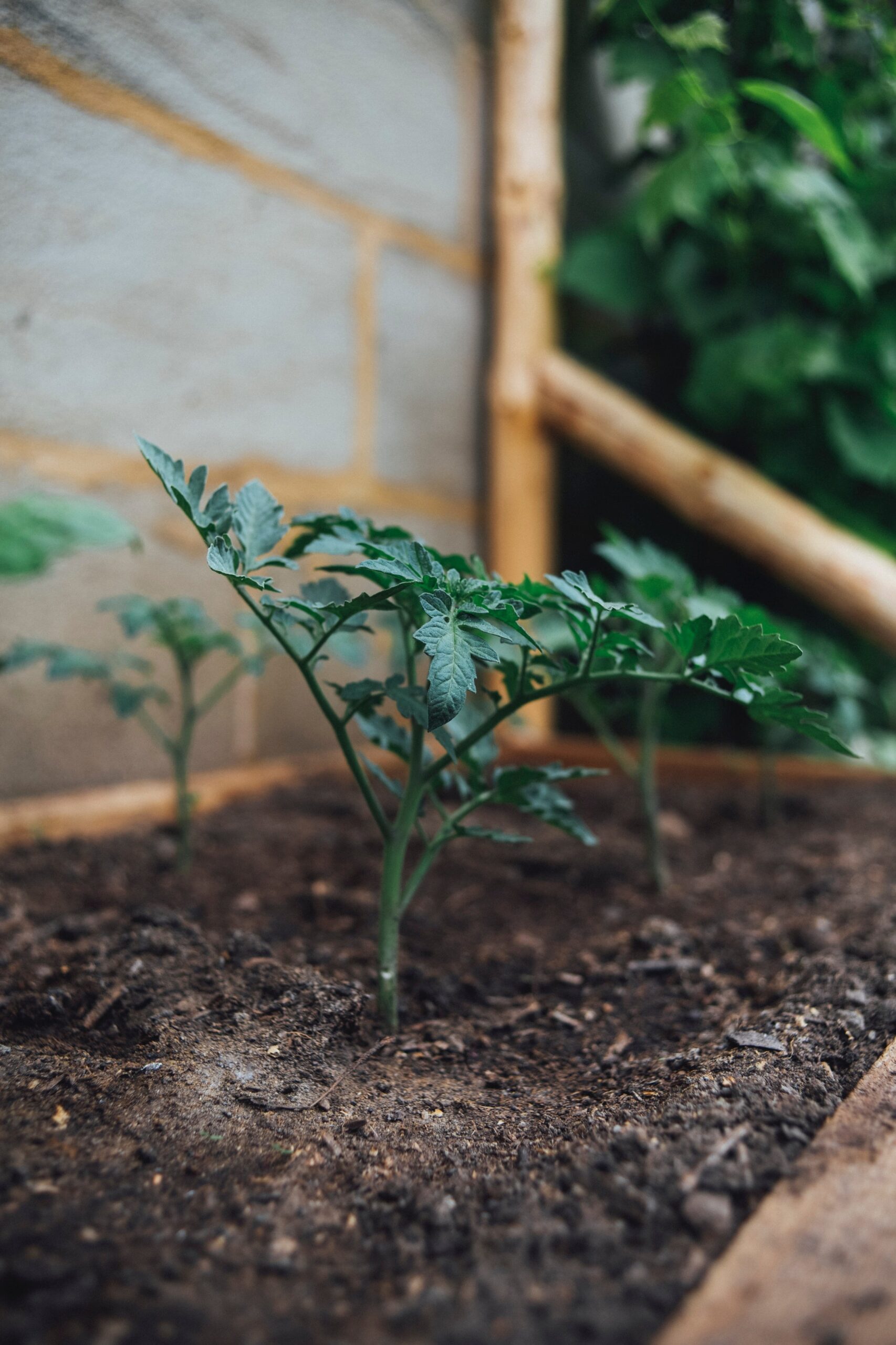
What to Plant in May in Zone 6
- Basil and other herbs
- Beans
- Beets
- Carrots
- Corn
- Cucumber
- Eggplants
- Flowers
- Kale
- Lettuce
- Malabar Spinach
- Melons and Squash
- Okra
- Peppers
- Potatoes
- Radishes
- Sweet potatoes
- Swiss Chard
- Tomatoes
- Turnips
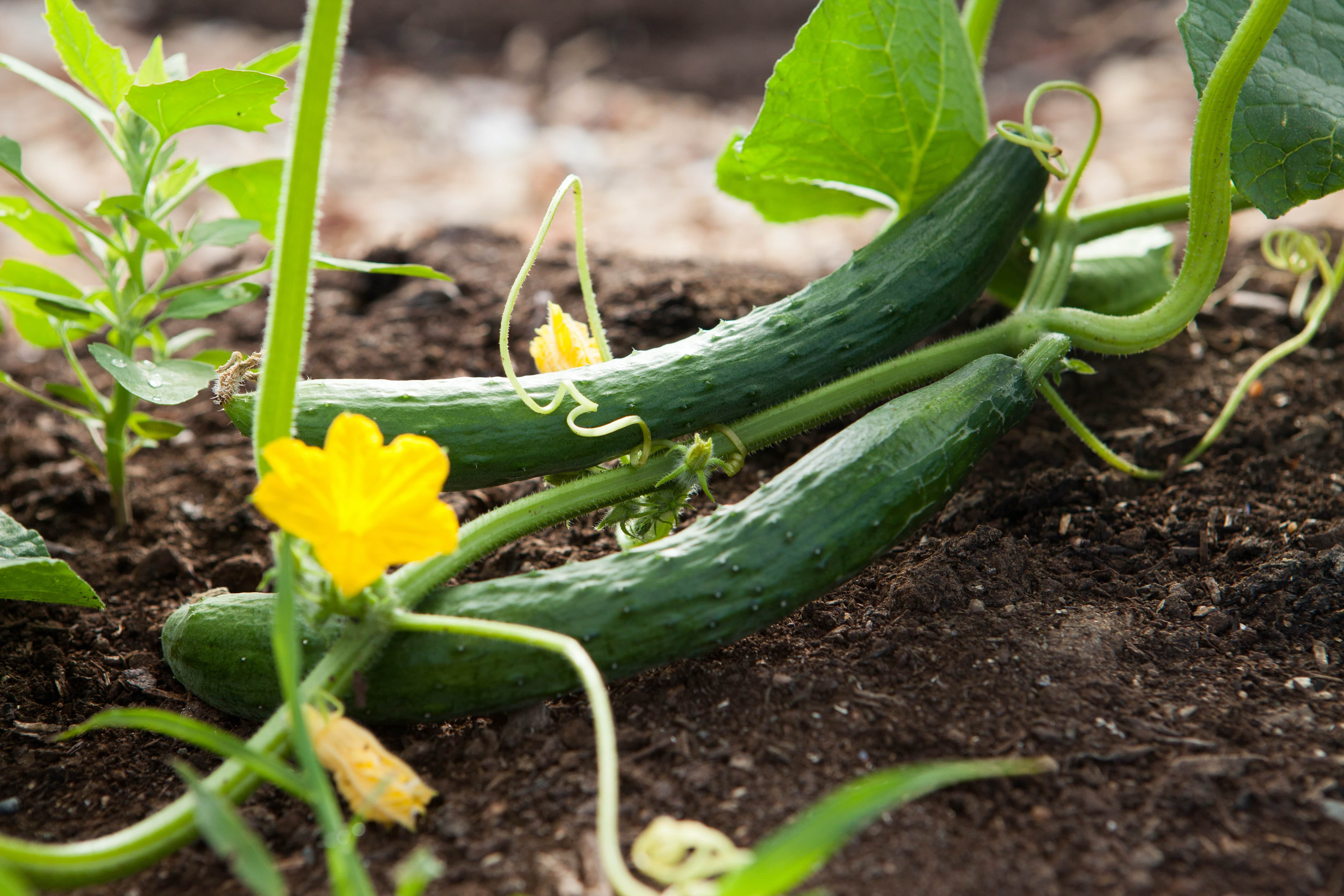
What to Plant in May in Zone 7
- Basil and other herbs
- Beans
- Beets
- Corn
- Cucumber
- Eggplants
- Field peas
- Flowers
- Kale
- Malabar Spinach
- Melons and Squash
- Okra
- Peppers
- Sweet potatoes
- Swiss Chard
- Tomatoes
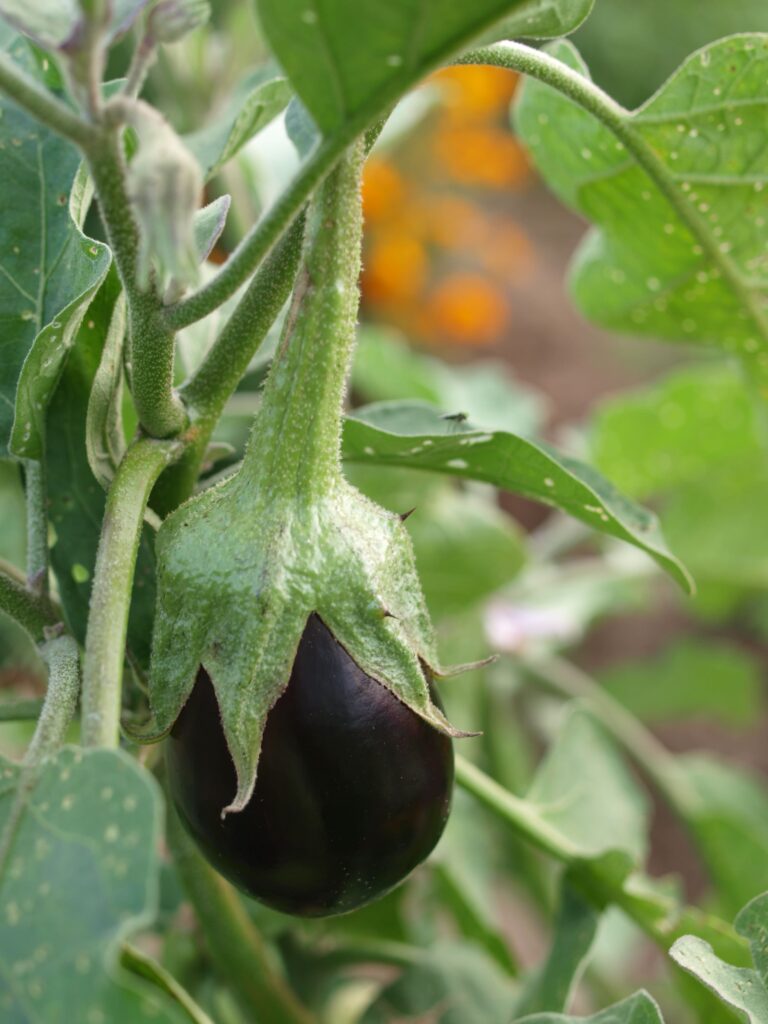
What to Plant in May in Zone 8
- Basil and other herbs
- Beans
- Beets
- Corn
- Cucumber
- Eggplants
- Field peas
- Flowers
- Malabar Spinach
- Melons and Squash
- Okra
- Peppers
- Sweet potatoes
- Tomatoes

What to Plant in May in Zone 9
- Basil and other herbs
- Beans
- Cucumber
- Eggplants
- Field peas
- Malabar Spinach
- Melons and Squash
- Okra
- Peppers
- Sweet potatoes
- Tomatoes
- Ginger and turmeric
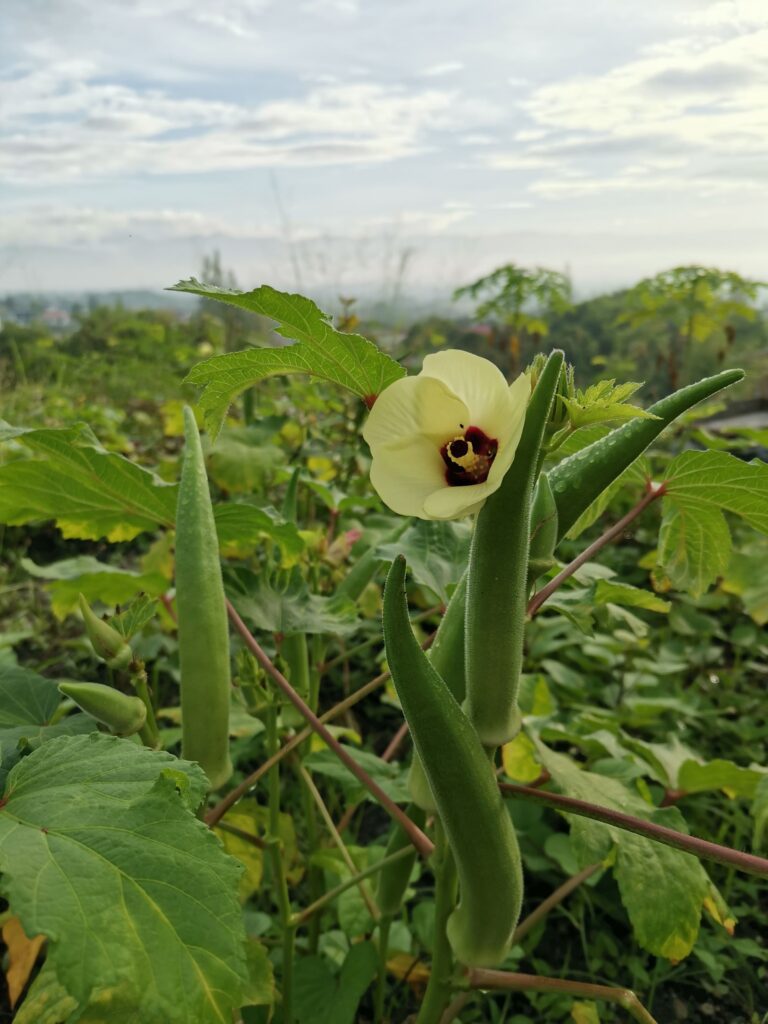
What to Plant in May in Zone 10
- Basil and other herbs
- Beans
- Cucumbers
- Eggplant
- Field peas
- Malabar Spinach
- Melons and squash
- Okra
- Peppers
- Sweet potatoes
- Tomatoes
- Ginger and turmeric

I’d love to hear how your garden is growing and what you’ve planted (or plan to). Let me know in the comments below!

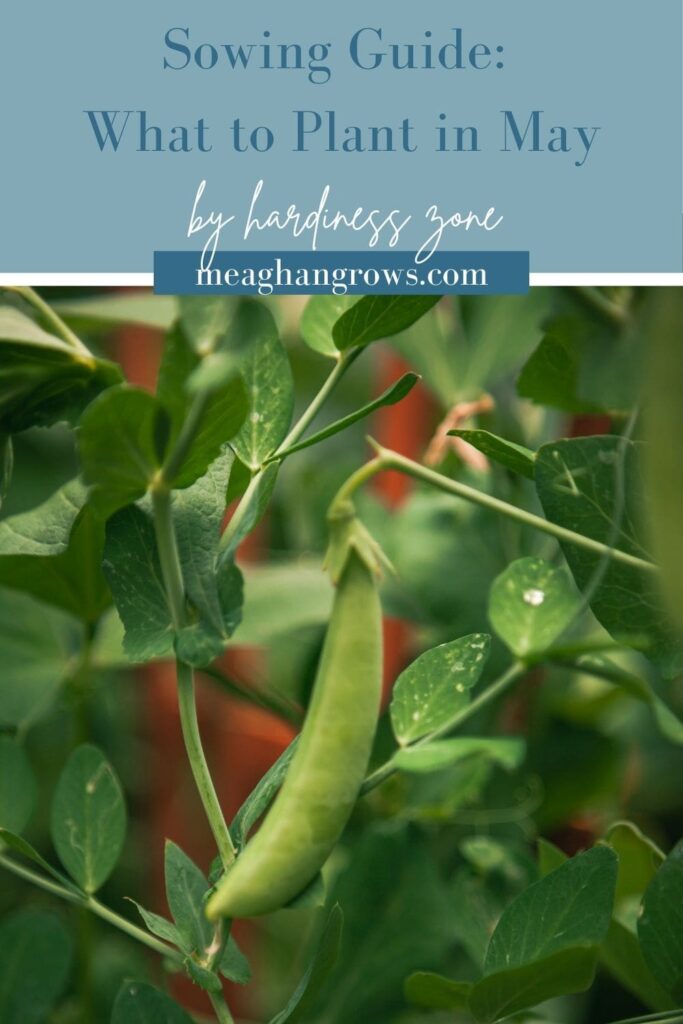


I was just asking myself if it’s too late to plant in zone 7. Great article. Thank you!!
I’m so glad it’s helpful!
This article is great! I love this!
Thank you!
Hi Meaghan! This post comes at the perfect time. I’m just about to start my garden and was worried I was too late. Great to have a wealth of information to help me get going. Better late than never when it comes to learning new skills!
Ah yay! I hope your garden turns out amazing!
This is such great information! I love this. I always think “Oh I missed it” and then feel defeated lol. This gives me hope I can still start! Thanks
Absolutely! It’s never too late to start something!
Wow! You have ALL the zones! I’m amazed. So much good info here. Thank you!
Of course! I hope it’s helpful!
This sowing guide is excellent! I realized I was missing a few more seeds that I could grow. Thank you for sharing!
Of course! I’m glad it was helpful!